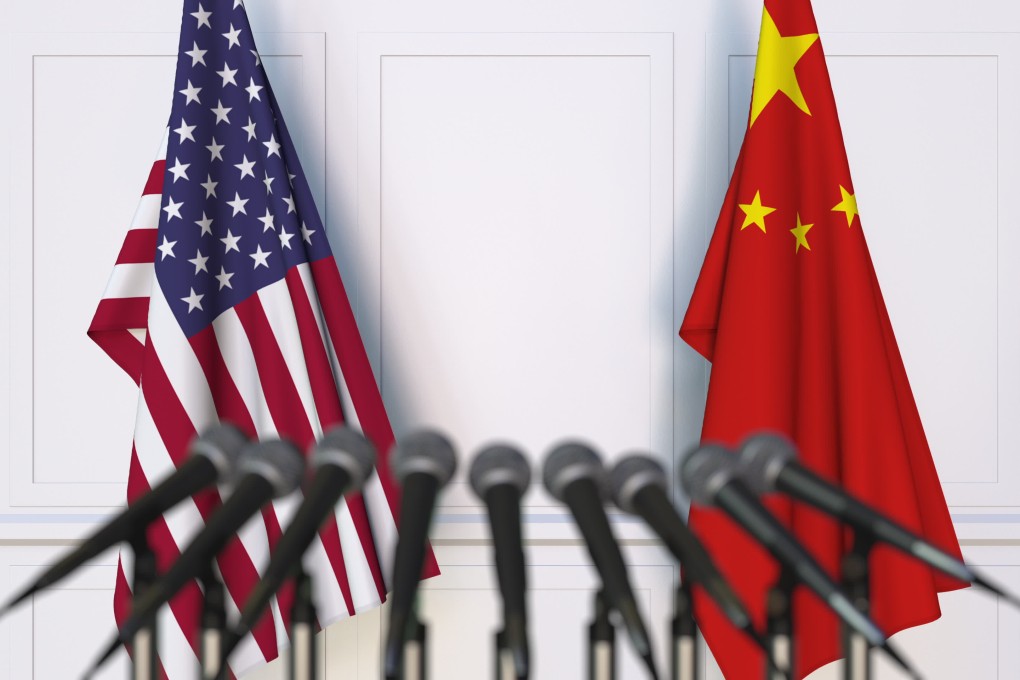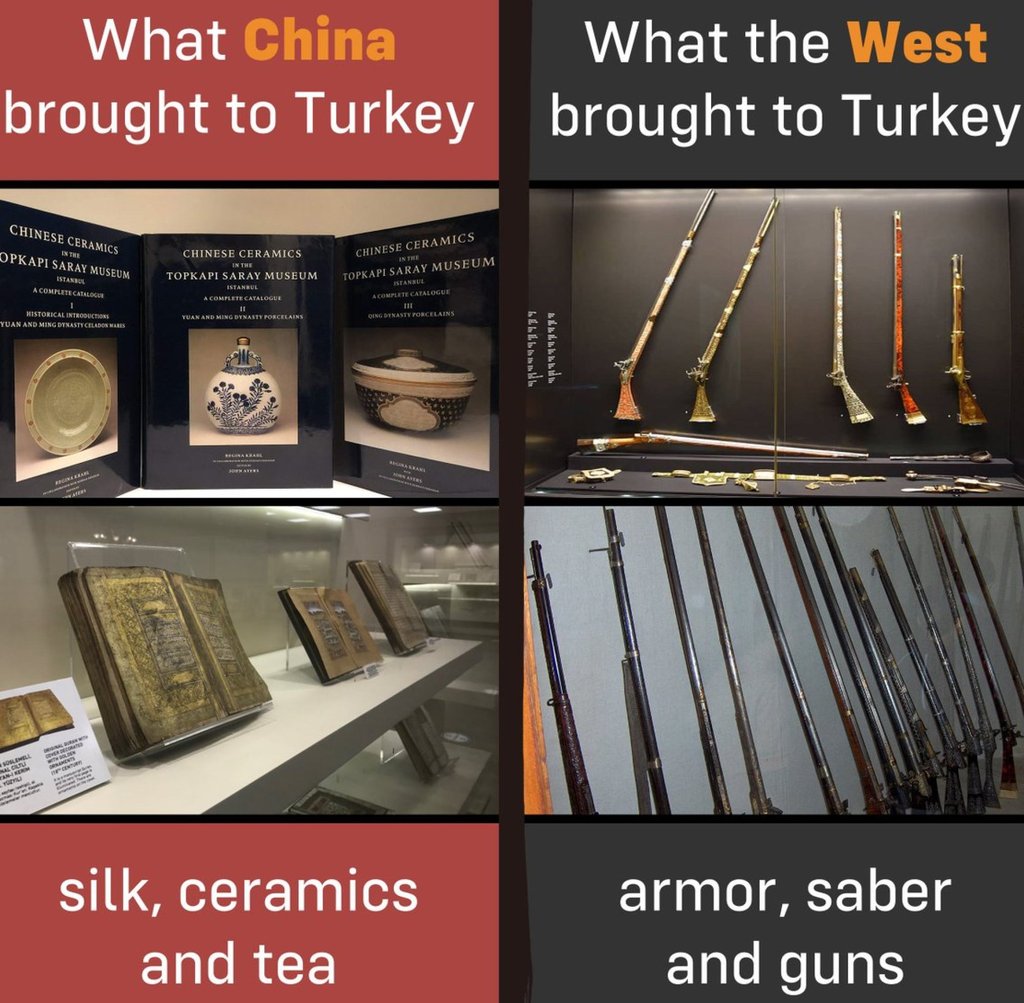Advertisement
As I see it | China’s foreign policy should not include social media potshots from diplomats aimed at foreign governments
- Recently, numerous Chinese diplomats have taken to social media to highlight the differences in foreign diplomacy between Beijing and Washington
- Such actions cannot help relations between Beijing and the West, which have soured over issues ranging from trade, human rights to the origins of Covid
Reading Time:2 minutes
Why you can trust SCMP
50

Last Thursday, Chinese Vice Minister of Foreign Affairs Ma Zhaoxu said his nation’s diplomats would not “sit and do nothing while our country’s interests are being harmed”.
“We Chinese will not capitulate,” Ma told reporters at a news conference to discuss Chinese diplomacy in the decade since Chinese leader Xi Jinping assumed power.
The comments have been widely interpreted to mean that China’s wolf warrior diplomacy is likely to prevail.
Advertisement
But it also implies that simplistic, even problematic narratives propagated by Chinese diplomats especially on social media are expected to continue.

Such as a recent Twitter post by someone holding the title of assistant foreign minister where China is said to have brought to Türkiye “silk, ceramics and tea” while the US “armour, sabre and guns”.
Advertisement
Advertisement
Select Voice
Choose your listening speed
Get through articles 2x faster
1.25x
250 WPM
Slow
Average
Fast
1.25x
